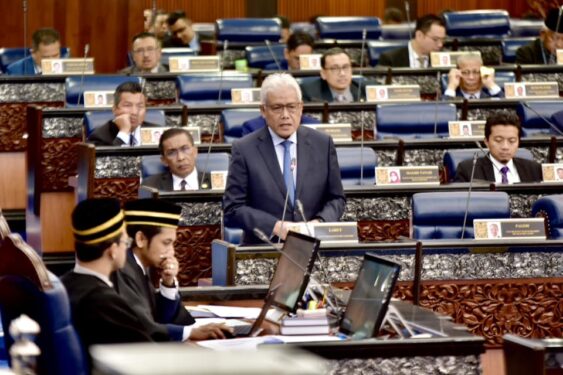WHILE banks are unlikely to refrain from funding any particular segment of borrowers due to the notion of higher risk profiles so as long as they remain creditworthy, risks abound of a potential credit rating downgrade to reflect weaker future earnings which would make it more expensive for banks to raise capital.
In this regard, PublicInvest Research pointed to a cautionary statement by S&P Global Ratings which in late-September noted that the downside systemic risks for Malaysian banks are on the rise.
“Affirming long-term and short-term issuer credit ratings, they (S&P Global Ratings) however said the outlook on all the five Malaysian banks they rated is negative,” noted analyst Ching Weng Jin in a banking sector update.
“Reasons cited were that the economic risk trend for Malaysia had turned negative and that Malaysian banks were also facing rising risk in the competitive environment due to negative Government intervention.”
Yesterday, Malaysia’s banking industry said it would work alongside the Credit Counselling and Debt Management Agency (AKPK) to support the recently unveiled Financial Management and Resilience Programme (URUS) by setting aside an estimated RM1 bil to provide “breathing space for vulnerable Malaysians to regain their financial footing”.
The funding will enable the reduction of interest/profit costs (including interest/profit waiver) for customers in the B50 income group category.
“While it is expected to cost the banking system some RM1 bil to fund the cost of the reduction in interest/profit costs, the quantum is certainly a more manageable one and less of a surprise as when the idea was first mooted in mid-September,” opined PublicInvest Research.
“With clarity admittedly lacking then, it was also merely an instruction by the Finance Ministry for banks to work on the exemption from interest payments for loan moratorium recipients under the B50 category for the October to December period of 2021.”
Moving forward, the research house is of the view that short-term volatilities notwithstanding, current assistance programmes are notably one-off in nature.
“Any modification losses incurred will eventually be unwound over the years,” reckoned PublicInvest Research.
“Liquidity in the system is still ample with the banks well-capitalised. The expected rate of normalisation in 2022 and anticipated economic recoveries will bring about asset quality improvements and loans growth – all of these are medium- to longer-term boons to the sector.”
Not foreseeing conditions getting significantly worse than 2020 levels, the research house retained its “neutral” view on the banking sector with a positive bias given its lagging valuations relative to the broader market.
“For sector exposure, we like Alliance Bank Bhd and Malayan Banking Bhd (Maybank),” added PublicInvest Research. – Oct 15, 2021










